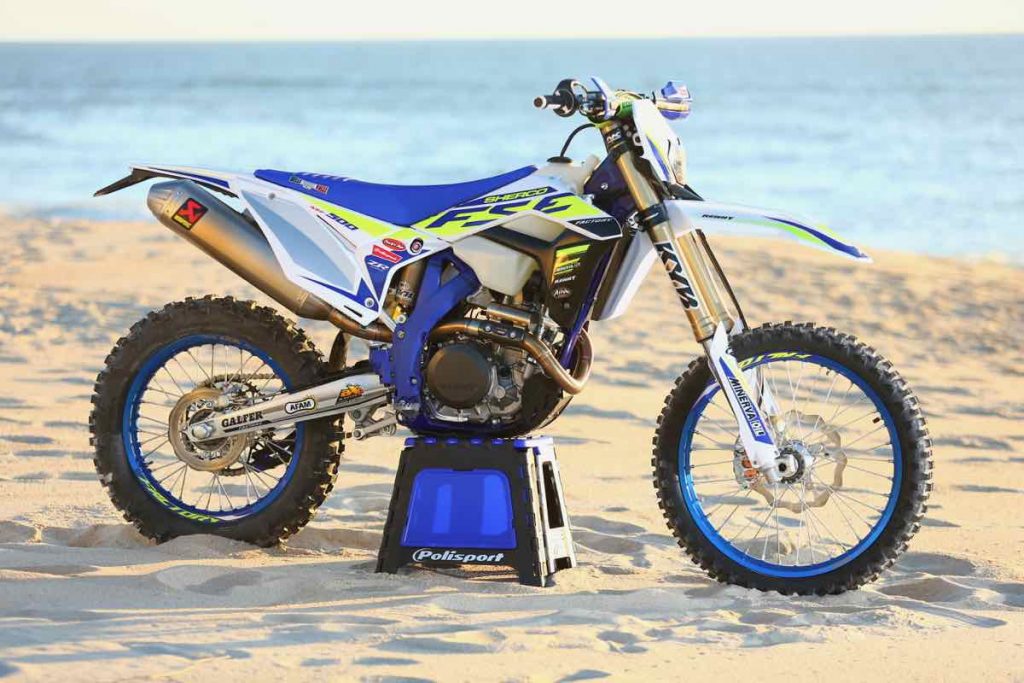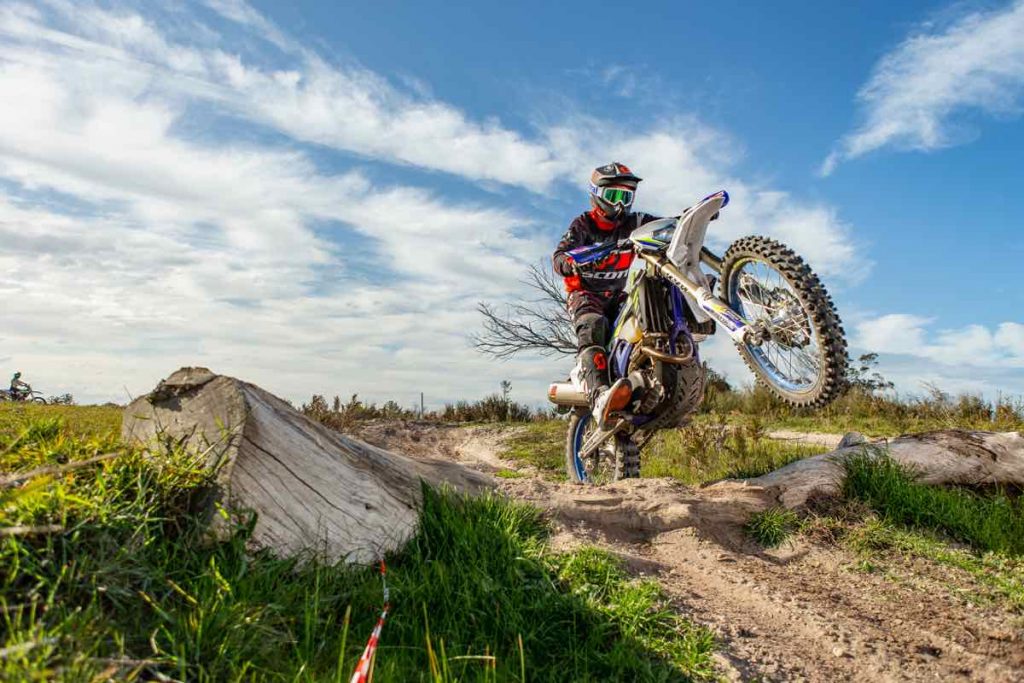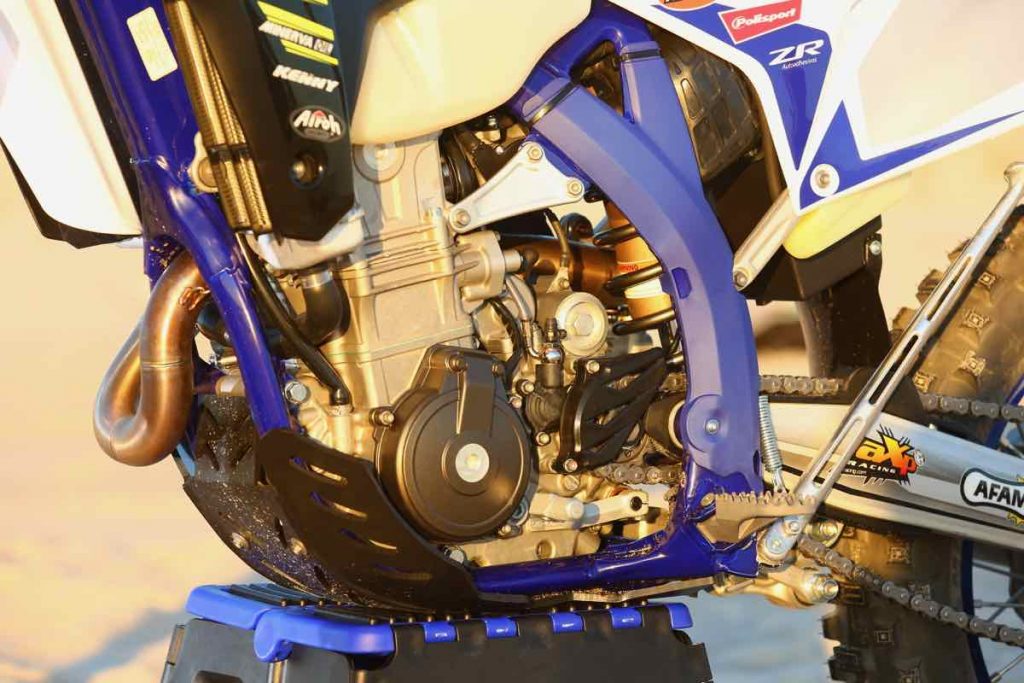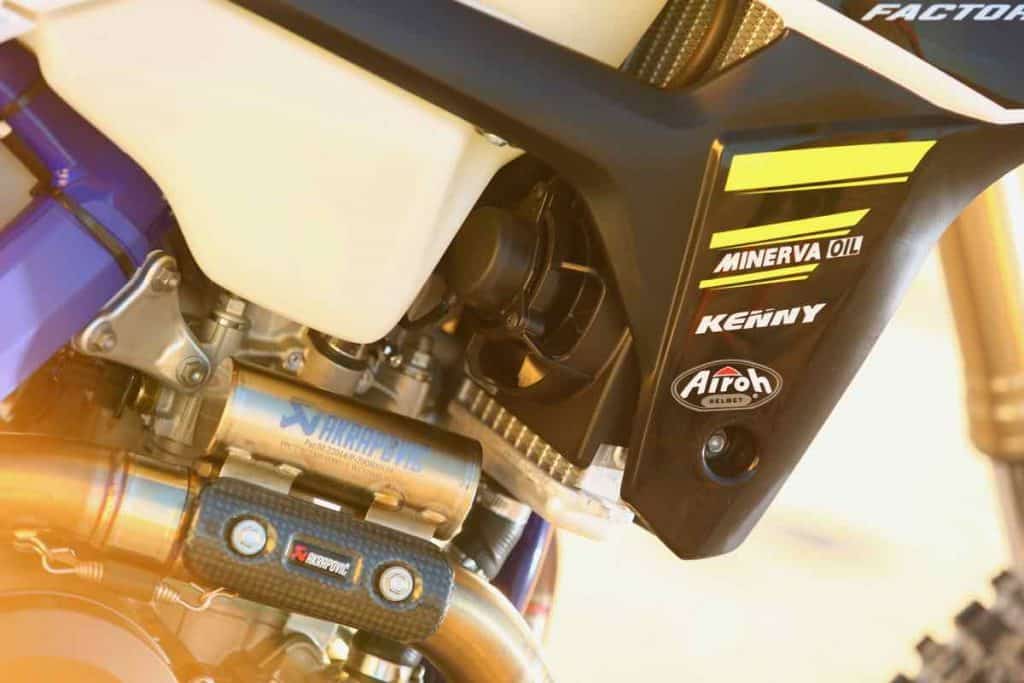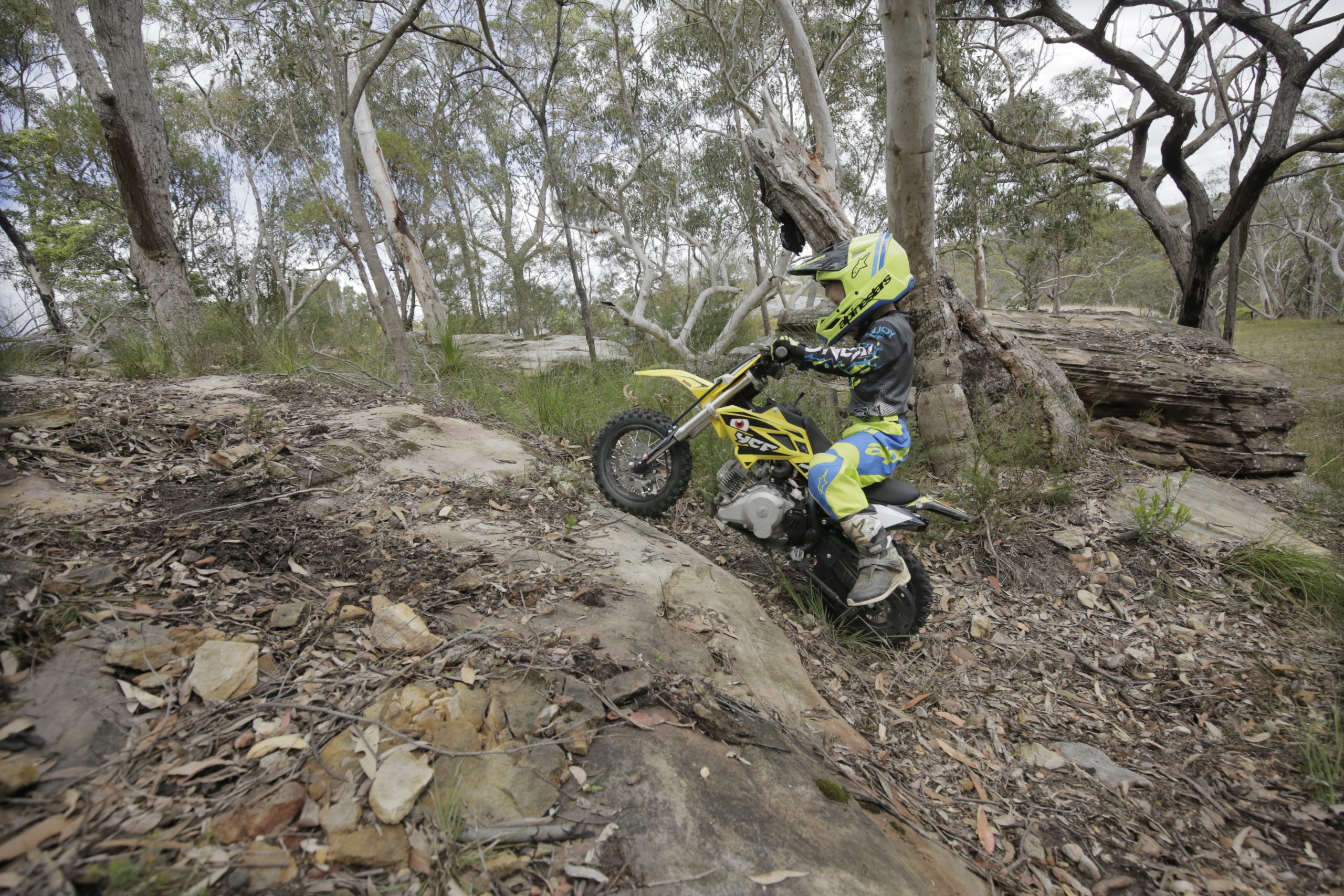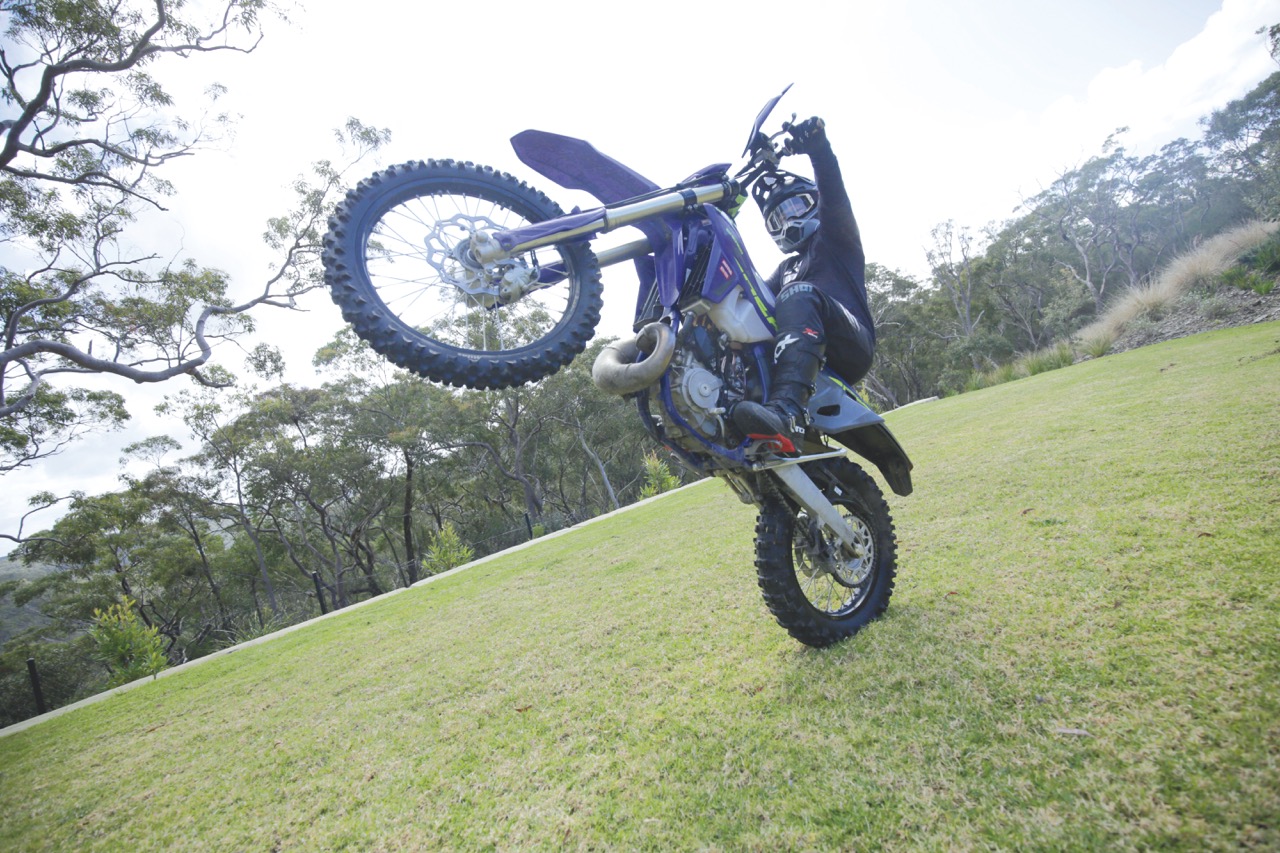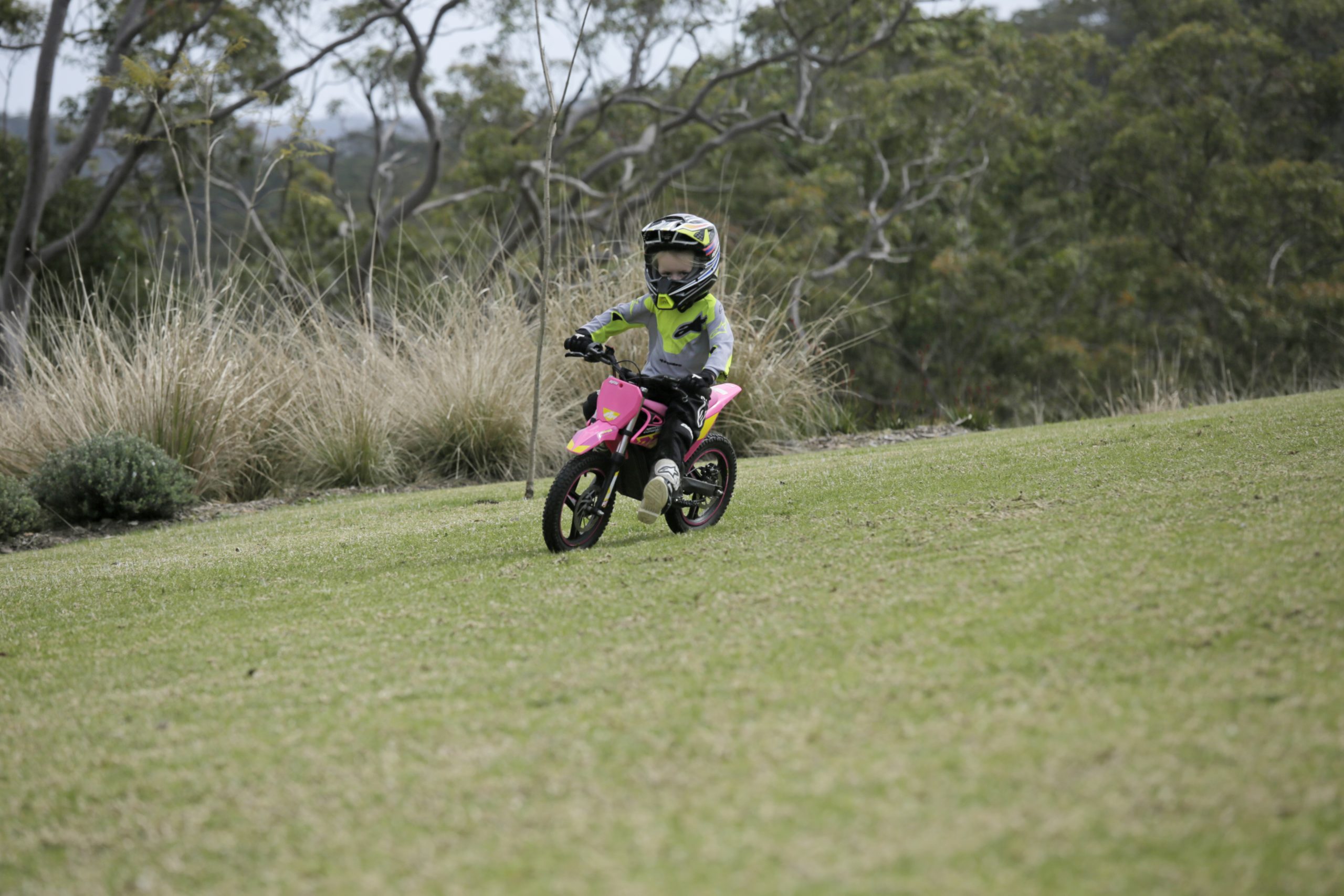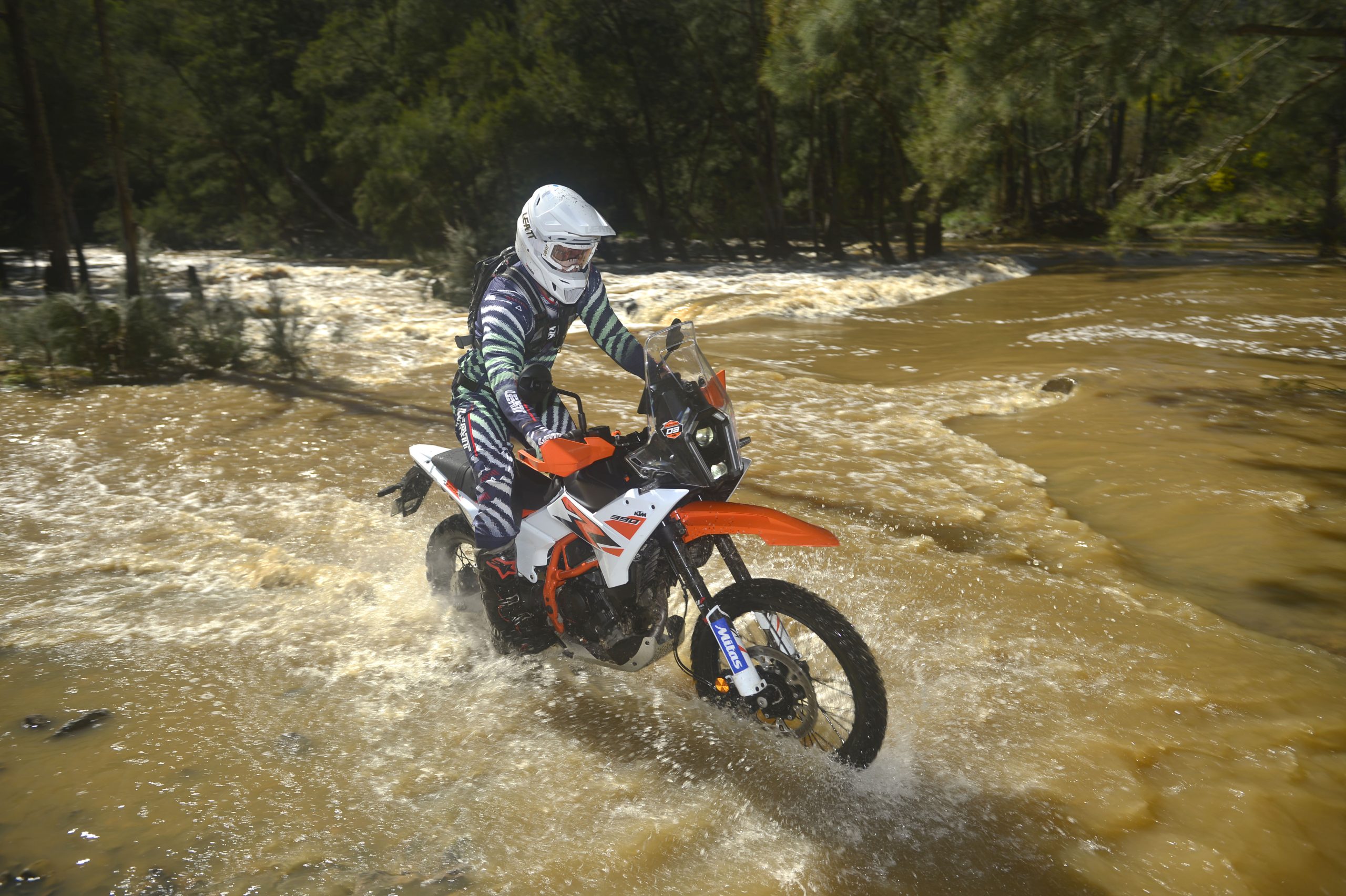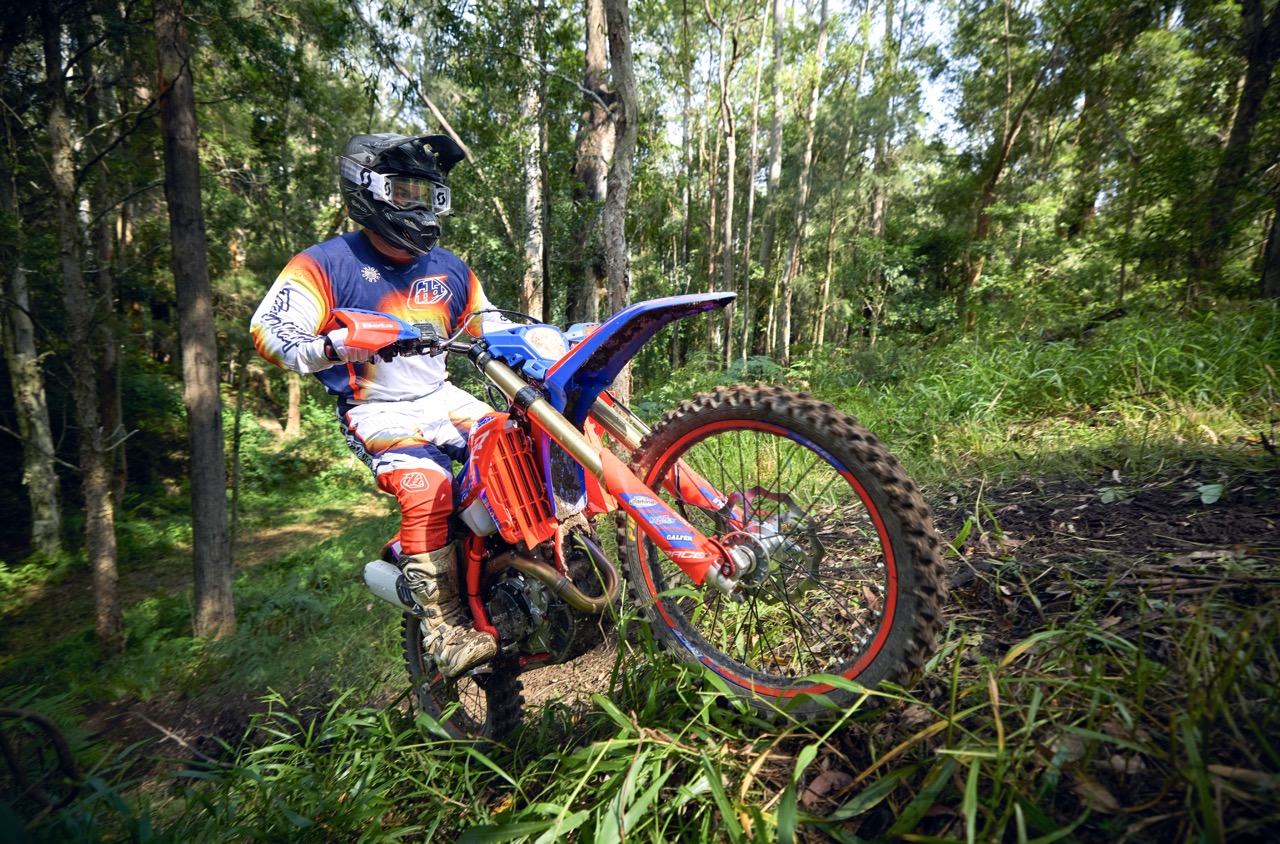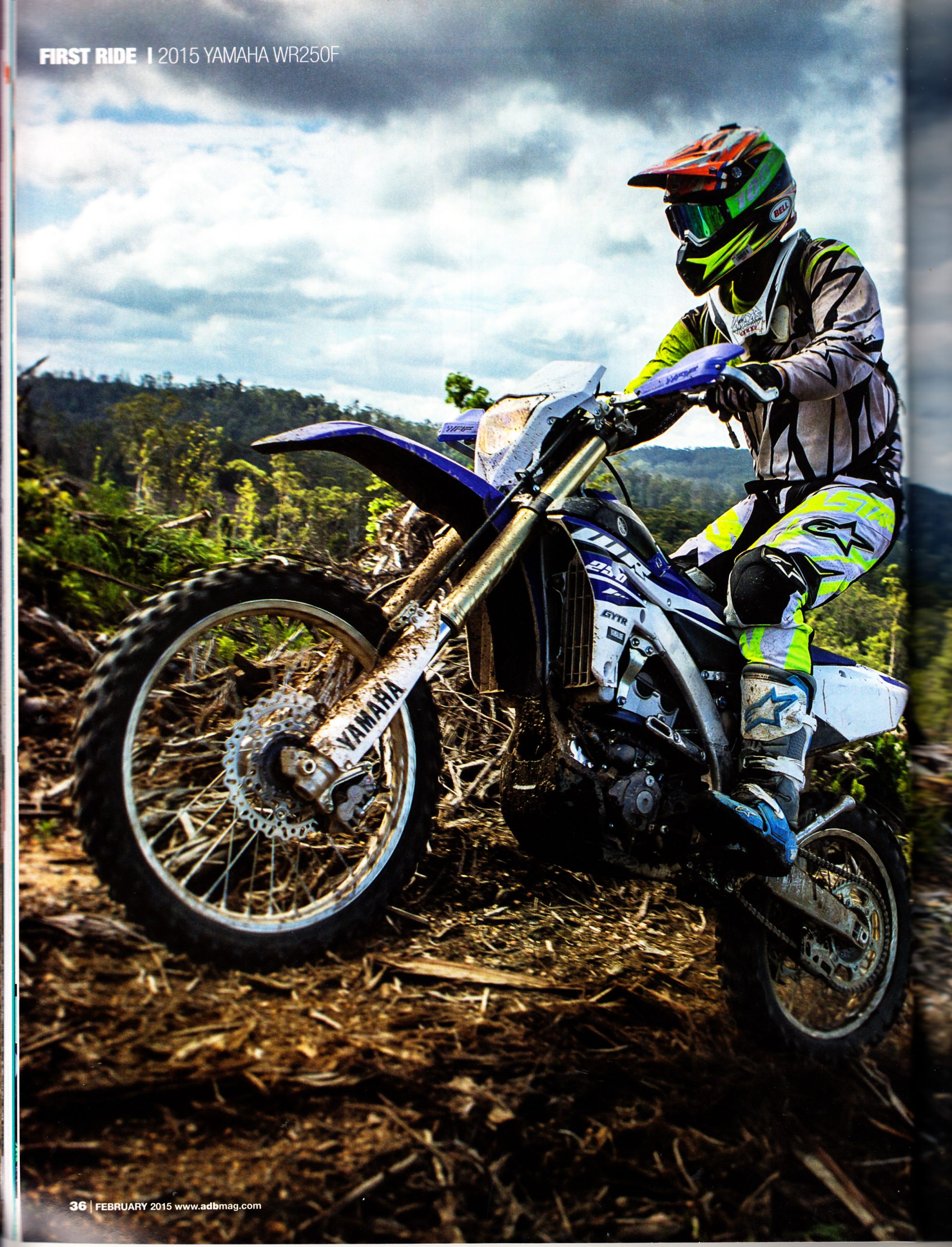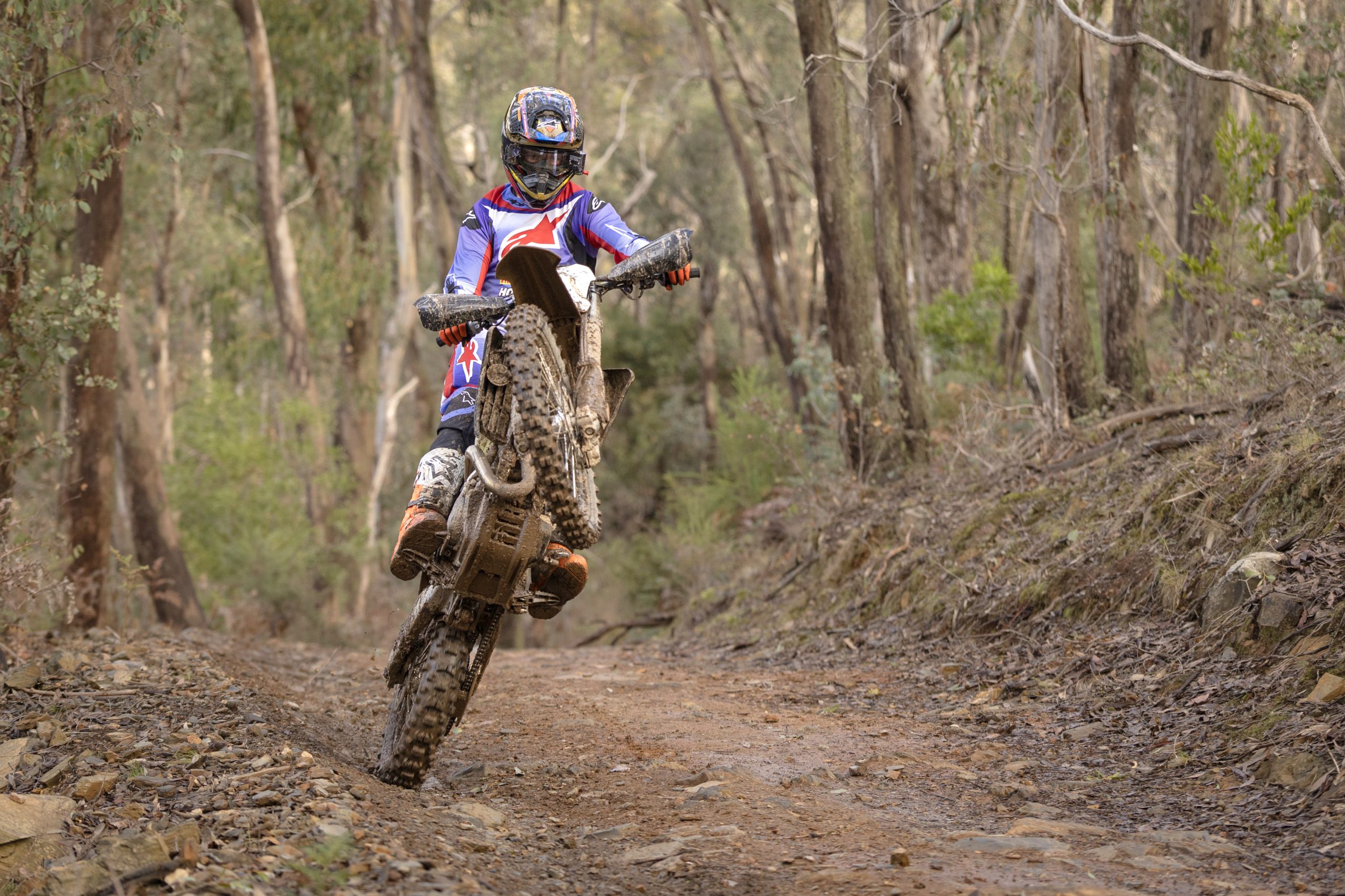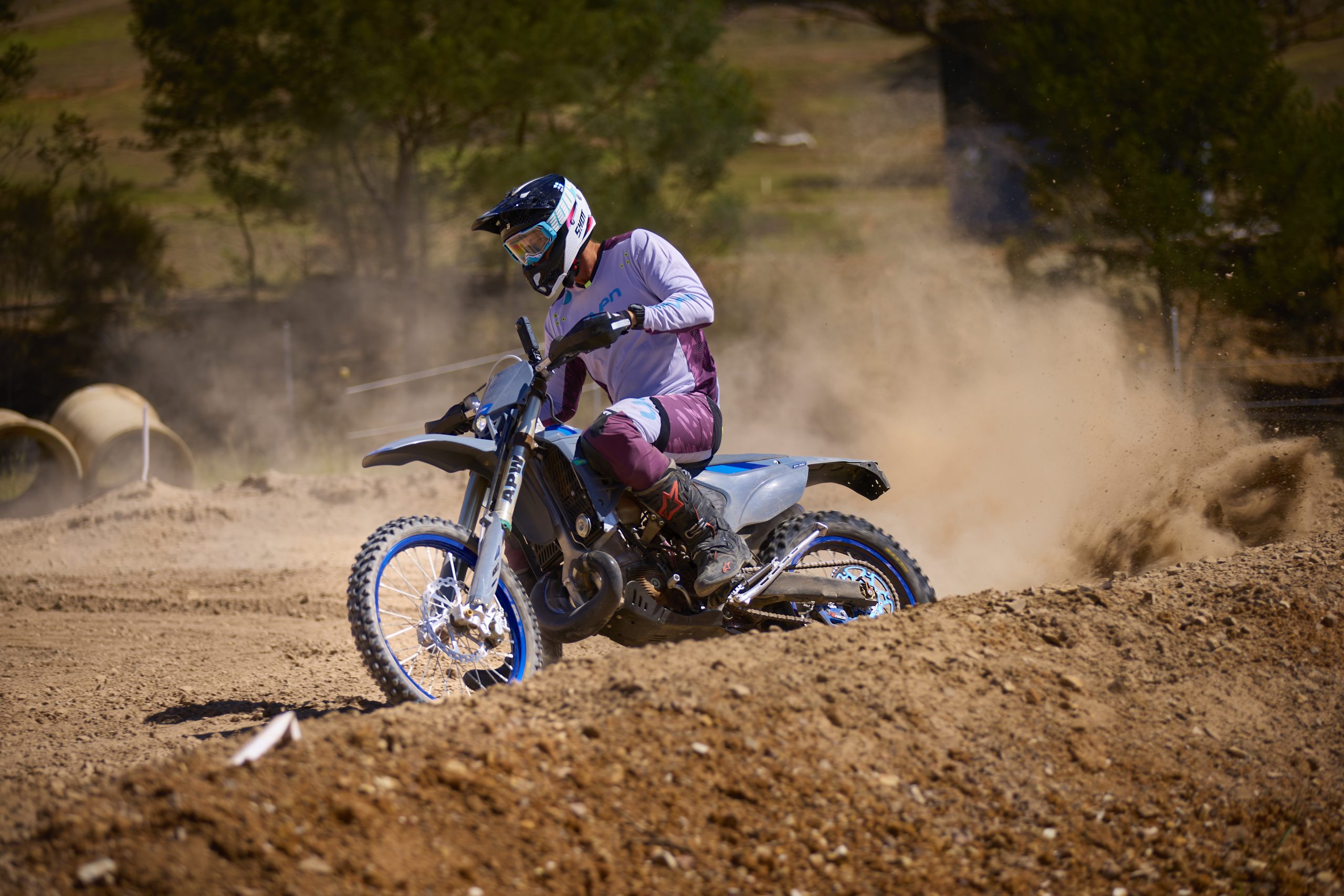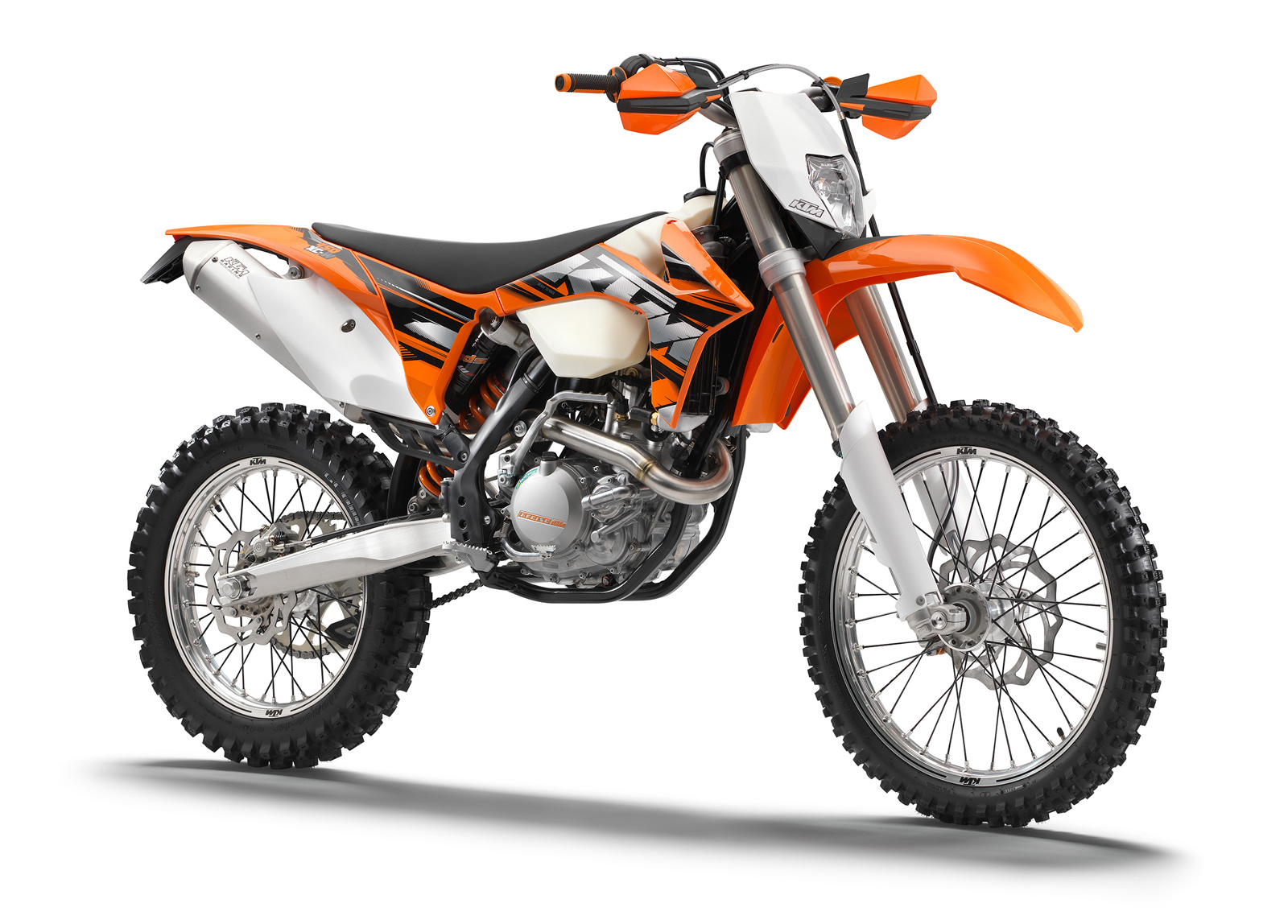Yes, we know who you are and that’s why we’re taking a look at Sherco’s big daddy cool, the 500 SEF Factory. It’s the French firm’s biggest enduro and it makes the most horsepower and has bulk bling.
The SEF Factory, let’s call it the SEF-F for short, may be at the top of the numbers game but it’s the baby of Sherco fleet, as the company only introduced the 500 at the end of 2018 after persistent bleating from Australian dealers, and good on them. ADB’s digital dynamo Olly Malone was one of the first riders in the world to sample the 500 SEF in France back in 2018, but I’m claiming credit for greater seat time over the last 12 months.
First up, I was at the 2019 Australian launch, where I learnt all about the 500 SEF and how it was only fired to life following a request by importer Mojo Motorcycles to get Sherco among the half-litre field in Australia. On top of spending quite a bit of time on the big girl at the launch, I was lucky enough to get ADB’s long-term 500 SEF-F after that and got to spend plenty of time learning what this bike was all about, especially in desert racing conditions, as I used it for a lot of my Finke coaching and was set to race last year until my shoulder injury started playing up.
Then, when Sherco Australia was launching this year’s range, I got the call-up again as ADB Editor Mitch Lees was out with a back injury after putting his first pram together … either way, I was happy to spend time on the new model. Now as the 500 SEF was only entering its second year, I was not really surprised to see the list of changes was not that big.
The majority of them were based around the cosmetics, as it got bold new graphics, blue frame protectors and magnesium-coloured clutch cover, ignition cover and rocker cover. I didn’t mind the colour scheme of the previous model, but I do find the new design looks cleaner and more like a factory bike. Last on the list of new items is an AFAM steel rear sprocket (replacing an Oxio composite) and improved monoshock linkage. Now I can’t say I noticed anything with the sprocket other than its looks, but the new linkage was noticeable.
The SEF-F runs basically the same KYB shock as 2019 so the big difference I found with the rear end was that it was a lot smoother and gave you a better feeling of what the rear wheel was exactly doing, thanks to the new linkage. As that was it regarding the list of changes and I’d spent a big chunk of time aboard one going up and down the Finke track last year, I thought I’d share my thoughts on how Sherco’s biggest offering would go in … next year’s race.
Looking at the last six years of Finke results, five have been won by a rider on a KTM 500EXC-F, so it’s easy to say that is the benchmark and it’s pretty easy to give my opinion on how the Sherco compares to the EXC-F as I have spent many hours riding and racing the orange machine in the desert as well.
Before I go any further, let me say I’m going to be talking here about standard SEF-F and standard EXC-F.
The main difference between those bikes is the suspension. You only need to ask a top suspension tuner to find out that the KYB fork and shock on the Sherco are levels above the standard WP unit on the KTM. Sherco’s 48mm closed-cartridge KYB fork is as good as you can get on a production bike. This translates into a better ride in the desert as well. Both forks feel similar on small-to-medium-sized bumps but the big difference is when you start getting up to high speeds and big bumps, where the KYB really shines and can handle everything with ease.
Sherco’s engine is a double-overhead camshaft unit and I have always found this design gives a more stable and planted feel in a straight line.
This is a big plus when Finke is hours of high-speed, straight-line racing. The Synerject electronic fuel injection is sorted perfectly on the 500 Factory. It runs smooth and clean all the way through the rev range.
The majority of new four-strokes I ride feel like they would benefit from some ECU fuel mapping work, so it is good to ride one that feels spot on straight off the showroom floor. One thing you might not be aware of is that the 500 SEF-F actually runs a 478.22cc engine. This is not necessarily a bad thing, it just gives the Sherco different power characteristics compared to a 500EXC-F or Husky TE501, which are actually 510.9cc.
The 500 SEF still has big-bore, bottom-to-mid torque despite its slightly lower capacity but I would say that, due to its shorter stroke (63mm versus 72mm), the Sherco is happier revving a little bit harder and produces a slightly more lively feel in top-end power.
So the big question is: do I genuinely believe the Sherco is capable of being made into a Finke winner? Last year, Victorian Angus Gelly made it home in eleventh on a 500 SEF Factory so I don’t see why, if I was given the same budget and riders as previous winning teams, the Sherco 500 SEF could not be transformed into a winner.
What I’d bolt-on
I will give you guys two build levels when considering setting up a 500 SEF Factory for Finke. I could give you three, but that would be giving away the high-end info saved for Grabbo’s Trail and Track customers.
The first level is for a rider who just wants to finish as safely as possible and, in no particular order, for this I would fit a quality steering damper, Steg Pegz and ultra-heavy-duty tubes. That could see you finish comfortably, but not without discomfort, if you know what I mean.
If I was a rider looking to get the best out of a 500 SEF at Finke, I would start with everything I just mentioned, plus the following: The standard Oxia handlebar is quite low for desert racing so make sure you choose a bend you are happy standing behind for hours on end. Next you should up the fuel capacity. Safari Tanks has a long-range tank that is perfect for riders looking to go with a one- or two-pitstop strategy.
Depending on your speed, there are quite a few really good options in rear desert tyres, so do some research. The six-speed gearbox is more than capable of high speeds so no need to over-gear it, 14-48 works well. The standard Domino handgrips are not very kind for 480km of bumps, so foam rally ’grips or super-soft motocross ones are the way to go if you want any skin left on your palms.
The last modification on this list would be the suspension – yes the KYB gear is great but, just like other standard suspension, it’s not set up perfectly for 160kmh-plus in the desert and someone like GDR can make a big difference. The right suspension set up can make Finke so much more enjoyable and improve your time by minutes.
WORDS // BEN GRABHAM || PHOTOS // STEPHEN TUFF & SHERCO france
